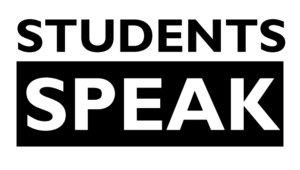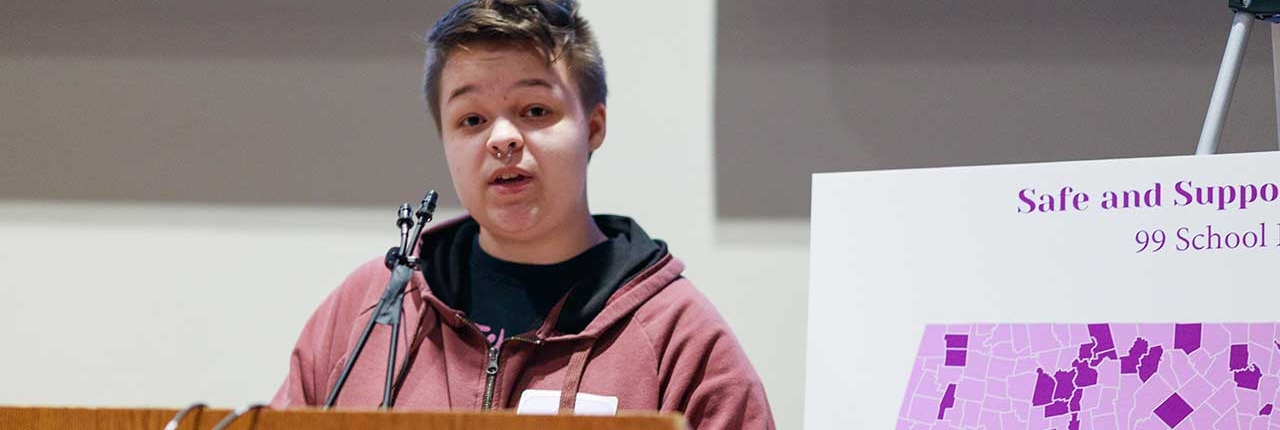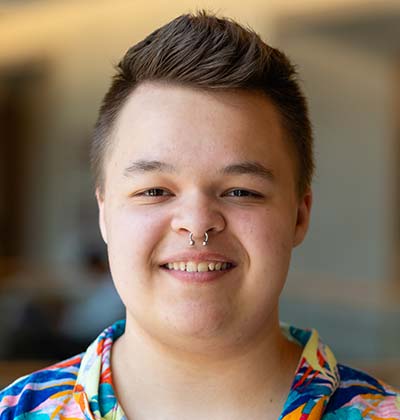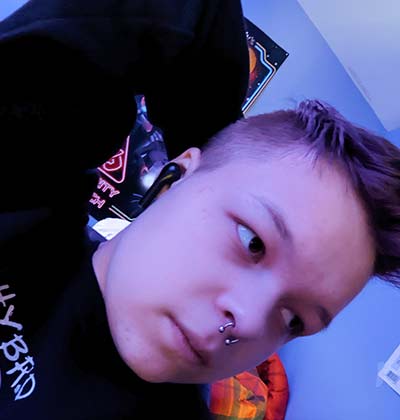My name is Adam and I am an 11th grader at the Springfield Renaissance School. Today I want to talk about teachers building inclusivity, not only with LGBTQ+ students, but with all students.
Inclusiveness matters to me, especially as a LGBTQ+ student, because I know that that teacher will keep me safe. It’s important to feel safe in a place that you learn; to know that you are protected when you’re in this environment for almost your entire teenage life. It’s important for them to care about us as people and as students. And by having an inclusive space, students open up to the idea of having someone to come and talk to if they don’t have anybody else.
Teachers have made me feel safe and welcome at school over the years by communicating with each other before students transition between grades. Teachers from my previous grades would talk to the teachers for the next grade, and they would say, “Oh, this person goes by Adam, ignore what it says on the attendance sheet. And he uses he/him pronouns, so make sure you’re doing that.” And it’s cool because then I don’t have to stress about having to actually tell them.
On the first day of school, when teachers are running through the attendance, my heart just starts beating faster and faster. Because I’m thinking, “Oh my God, what name are they gonna say? Am I gonna have to correct them or do I have to go through this whole thing?” and when I hear them say, “Adam,” I’m relieved.
This year, my organization had a bunch of LGBTQ+ stickers, and so I grabbed some, and I brought them to all my teachers. I gave them each one, and I know where they all are in the classrooms. In chemistry, it’s on the door. In history, my teacher put it on his phone case and in ELA, and my teacher put it on a little podium. Things like accepting stickers or going out of their way to communicate with other teachers has a huge impact on building inclusivity.
On the other hand, if there’s a classroom that’s not supporting me, I kind of read the room and figure out who’s talking to who about what, or about who, and then, it’s kind of the teacher’s job to assess it from there. The teacher has to make sure that it’s a safe place for everybody by having the stickers or the little flags hanging up. So then queer students know that the teachers are supporting them, and that they’re not just letting the rude conversations slide. If they don’t do anything, it affects the students’ academics and their mood, and the teacher’s mood. By having an inclusive environment it shows they care about us as people, not as test scores.
When a teacher checks on students who seem down or out of it, when teachers celebrate LGBTQ events, clubs, authors, and student successes, they are being inclusive. It’s those really simple gestures, just really simple stuff that makes you feel safe with the teacher.
As policymakers, it’s important to make sure that teachers are taught how to be inclusive. Especially since Massachusetts as a State is very LGBTQ+ friendly regarding its laws, teachers should also in a way be required to protect us and make us feel comfortable.
Aside from my teachers, I feel like guidance counselors, peers, and anybody that’s in the inclusive mindset is what all students should have. And not inclusive about just about the LGBTQ+, but inclusive about everything.




